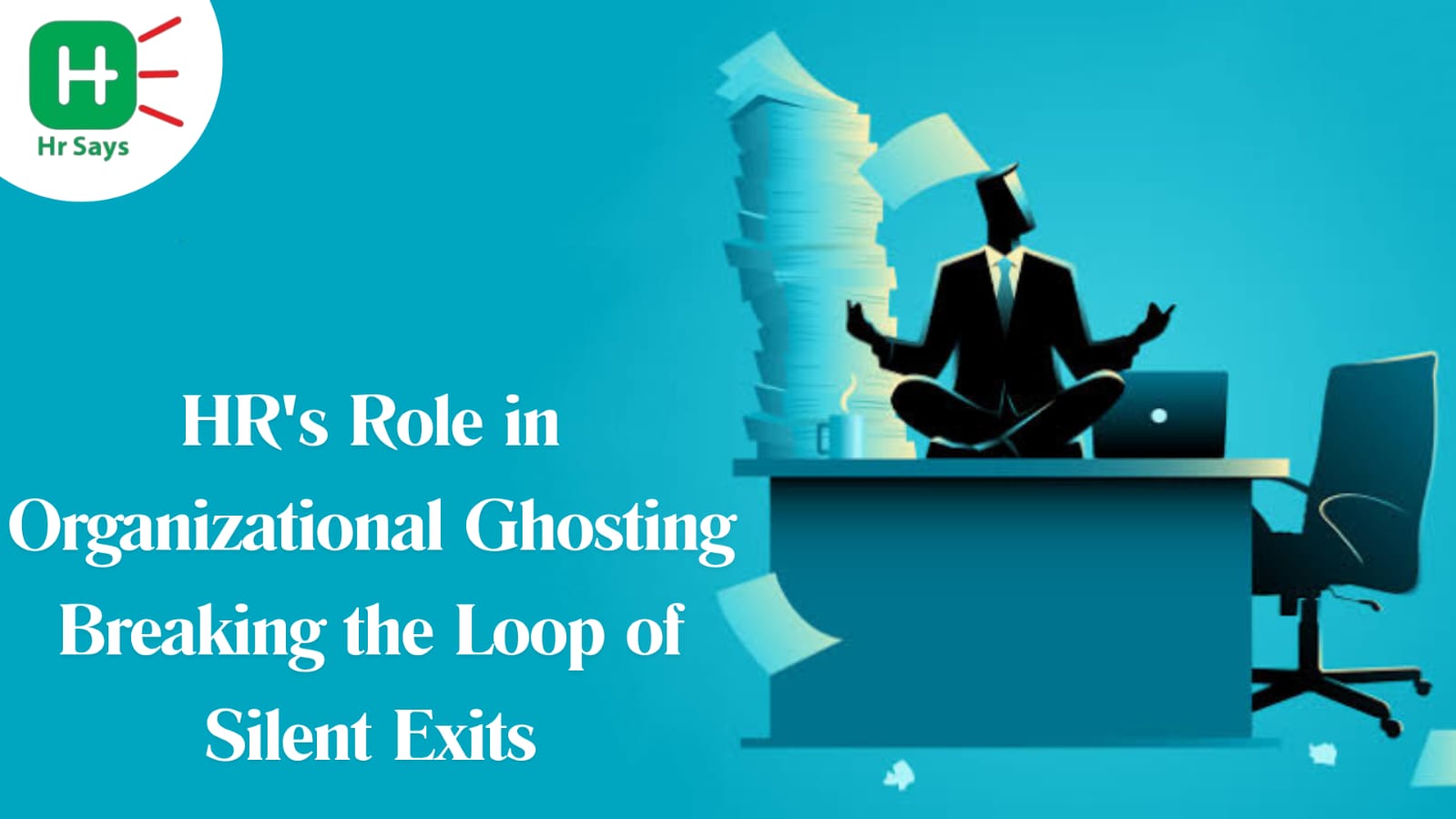Ever had someone vanish from your workplace without warning? No notice. No farewell. Just silence. That’s organizational ghosting—when employees leave emotionally long before they leave physically.
And most companies never see it coming.
When Disengagement Turns Invisible
It never starts with a bang. First, the meetings are skipped. Then the camera stays off. Ideas stop flowing. After that, it’s just the clock ticking.
No complaint. No fight. Just… fading.
And by the time HR steps in, the door has already shut.
Why HR Misses the Signs
The signs are small. And they don’t always show up in data. People don’t fill out surveys when they’ve already checked out.
The reasons?
● Lack of real feedback loops
● One-size-fits-all engagement strategies
● Managers who aren’t trained to notice burnout
● HR focusing too much on policy, not enough on pulse
In most cases, the silence is not laziness—it’s a quiet protest.
Ghosting Is a Symptom, Not the Problem
People don’t ghost jobs they love. They ghost environments that ignore them.
This could be due to:
● Mismatched roles
● Unclear growth paths
● Poor manager communication
● Culture that only rewards the loud
HR’s role isn’t to blame the exit. It’s to understand what went unheard.
How HR Can Break the Loop
To stop ghosting, HR must listen when no one is speaking.
● Spot silence early: Low participation? Sudden quiet? Check in without making it formal.
● Train managers to be aware: Empathy isn’t a soft skill anymore. It’s survival.
● Offer off-boarding with honesty: Exit interviews must be optional but safe. Anonymous
feedback helps too.
● Build stay conversations, not just exit ones: Don’t wait for notice periods. Ask, “What
would make you leave?”—and listen closely.
And no, pizza Fridays won’t fix it.
Tone Shift: Let’s Be Honest
Not every exit is preventable. Not every silence is HR’s fault. Sometimes people just outgrow
roles. Sometimes it’s personal.
But doing nothing? That’s how cultures break.
And when people leave quietly, others notice—even if leaders don’t.
Conclusion
Ghosting hurts more than retention rates. It chips away at trust. It spreads quietly, like fog in a
room.
The loop can be broken—but not by perks or policy. Only presence. Only listening. Only real
care.
HR must stop chasing the noise—and start hearing the silence.
That’s where the truth usually hides.

 Ghosting in the workplace isn’t just a candidate trend anymore. It's becoming a quiet crisis within organizations. HR must step in—not with surveys, but with sharper ears and better instincts. Silent exits say more than feedback forms ever will.
Ghosting in the workplace isn’t just a candidate trend anymore. It's becoming a quiet crisis within organizations. HR must step in—not with surveys, but with sharper ears and better instincts. Silent exits say more than feedback forms ever will.












.jpeg)
.jpeg)

.jpeg)

.jpeg)


.jpeg)

.jpeg)

.jpeg)


